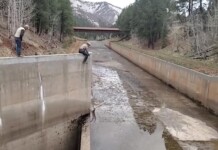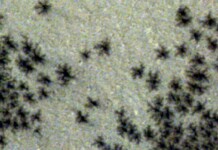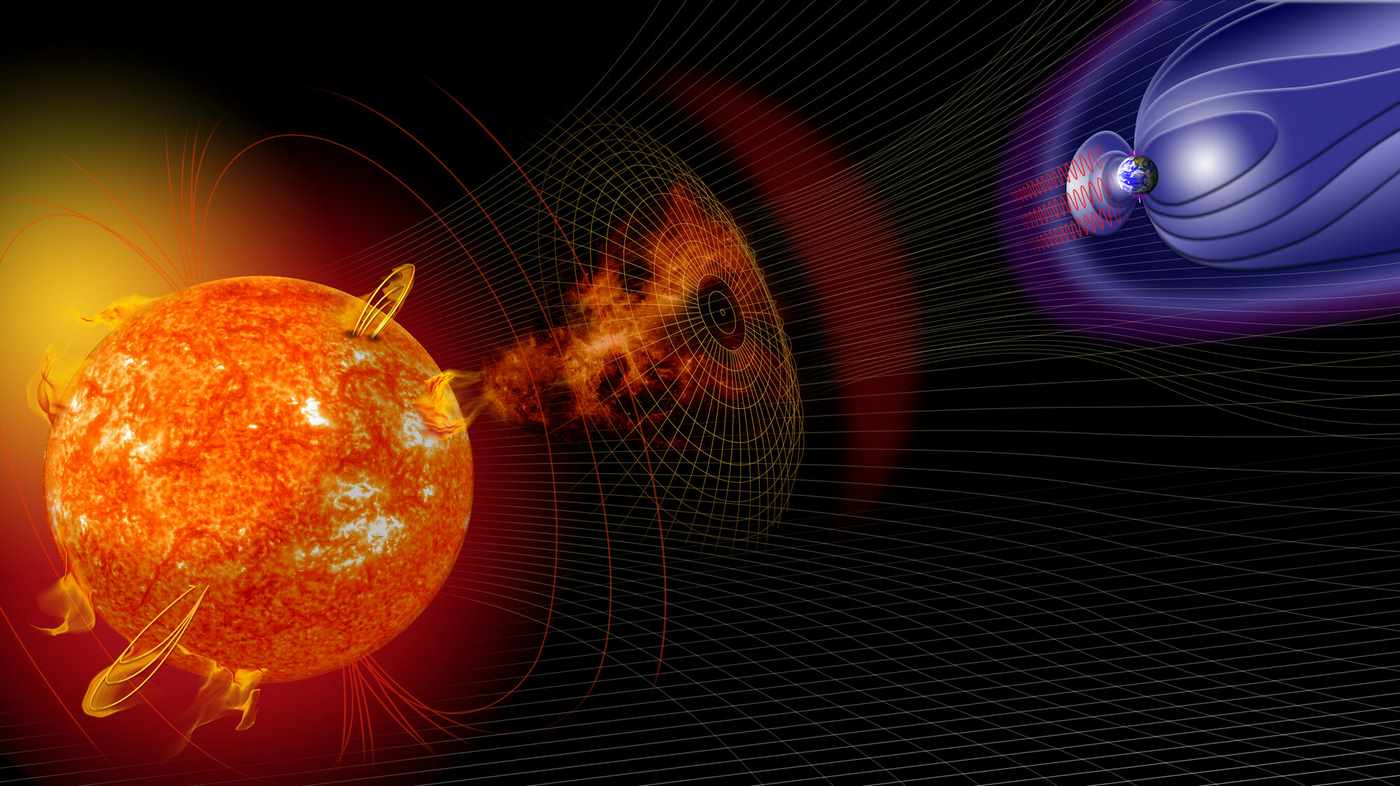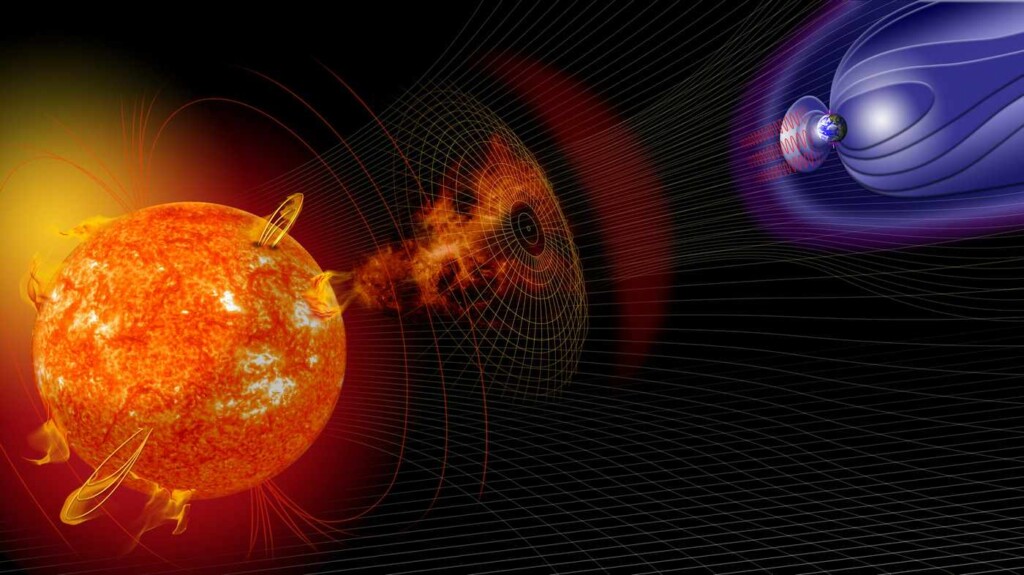
An international team of scientists has documented the largest solar storm to have ever struck the Earth, hidden inside the trunks of ancient trees.
Such a massive storm today on the scale of the newly discovered one would cause total disruptions to global technology and infrastructure, from power transformers to satellites, but better understanding how they happen can help organizations predict and potentially protect the Earth from them.
A huge spike in radiocarbon levels was identified by an international team of scientists
who analyzed ancient tree rings found in the French Alps.
Radiocarbon is constantly being produced in the upper atmosphere through a chain of reactions initiated by cosmic rays. But we now know that sometimes, flares of activity can become storms of activity, so-called Miyake Events.
“Such super storms could permanently damage the transformers in our electricity grids, resulting in huge and widespread blackouts lasting months,” said Professor Tim Heaton, of the University of Leeds. “They could also result in permanent damage to the satellites that we all rely on for navigation and telecommunication, leaving them unusable.”
Nine such extreme events have now been identified as having occurred over the last 15,000 years.
The most recent confirmed Miyake Events occurred in 774 CE and 993 CE, the latter of which was actually used to accurately date the timbers that Leif Erikson and his Vikings used to construct their settlements in the New World, 500 years before Colombus arrived.
The newly identified 14,300-year-old event is the largest that has ever been found and roughly twice the size of the other two.
Scientists say the exact nature of Miyake Events remains very poorly understood as they have never been directly observed instrumentally.
“We do not know what causes such extreme solar storms to occur, how frequently they might occur, or if we can somehow predict them,” said Heaton. “Each new discovery not only helps answer existing key questions but can also generate new ones.”
The research team measured radiocarbon levels in ancient trees preserved within the eroded banks of the Drouzet River, near Gap, in the Southern French Alps. The tree trunks were not quite fossilized yet, and the analysis of the material between tree rings revealed the never-before-seen amount of radiocarbons.
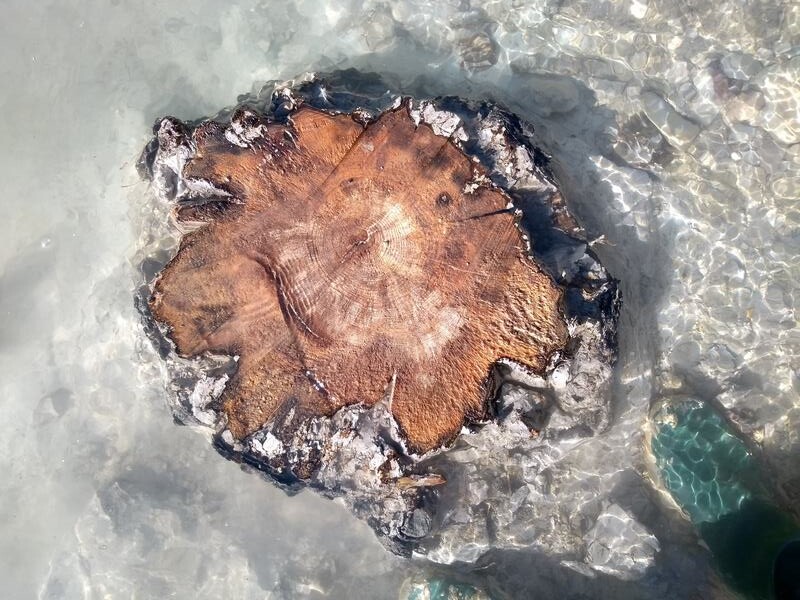
By comparing the spike with measurements of beryllium, a chemical element found in Greenland ice cores, the team suggests that the spike was caused by a massive solar storm that would have ejected huge volumes of energetic particles into Earth’s atmosphere.
“Radiocarbon measured in tree rings, used alongside beryllium in polar ice cores, provide the best way to understand the Sun’s behavior further back into the past,” said study lead author, Professor Edouard Bard of the Collège de France.
MORE PREDICTIVE SCIENCE: Scientists Discover Time Moving 5x Slower After Big Bang–Exactly as Einstein Predicted
The largest, directly-observed, Miyako event occurred in 1859 and is known as the Carrington Event.
It caused massive disruption on Earth—destroying telegraph machines and creating a night-time aurora so bright that birds began to sing, believing the Sun had begun to rise.
NASA has begun to take planetary defense as a serious funding priority, believing that the odds are essentially inevitable that some space-based event will threaten Earth in the long term. They have so far only investigated defending against asteroids that might impact Earth, but solar storms could become a priority too as more information becomes available.
SHARE This Wild Relationship Between The Sun And Earth With Your Friends…


